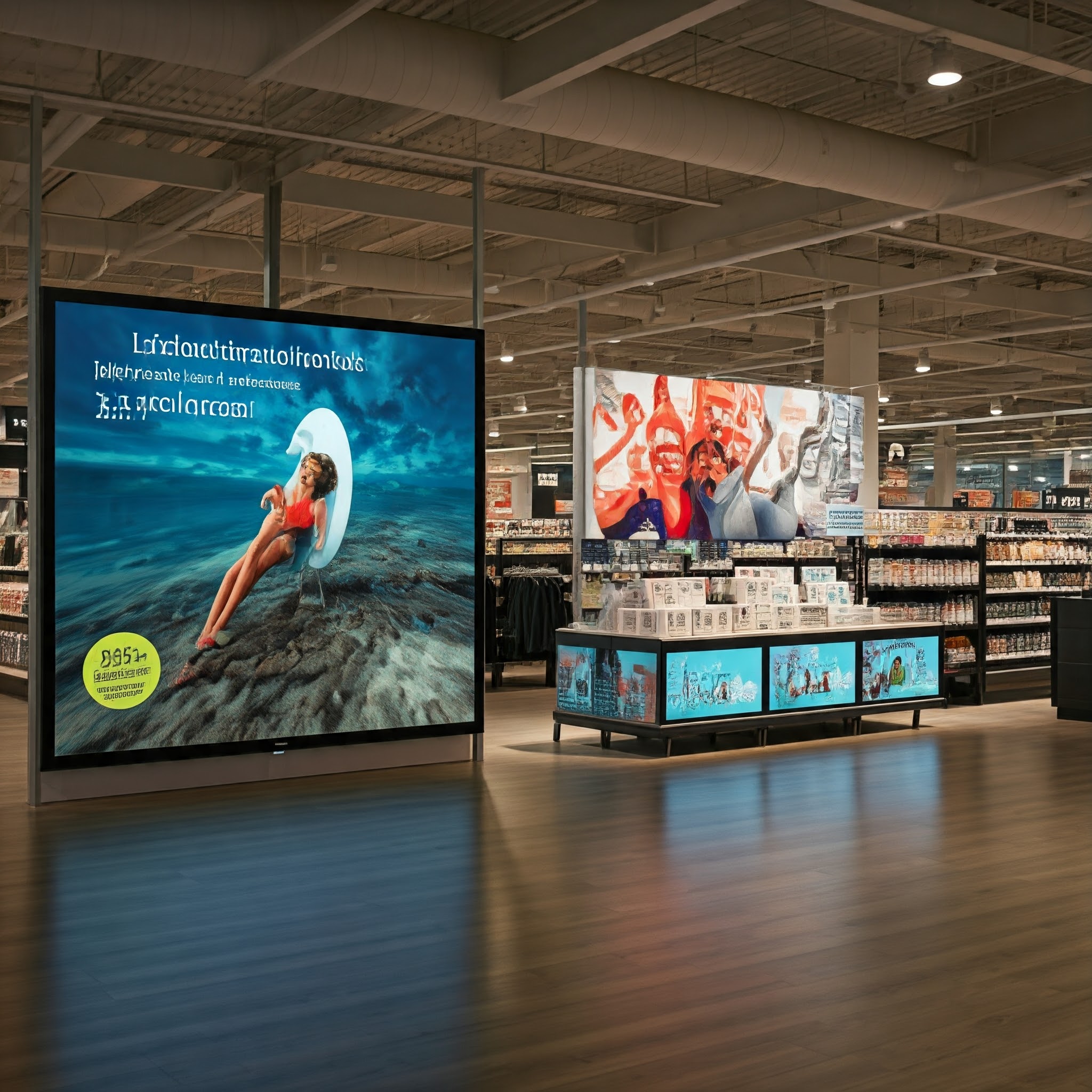Retail Media Networks: The New Frontier for Programmatic
The digital advertising landscape is continually evolving, and one of the most transformative shifts in recent years is the rise of Retail Media Networks (RMNs). Once limited to brick-and-mortar advertising or e-commerce banners, retailers are now leveraging their rich first-party data and growing online presence to create advertising ecosystems. These networks are quickly becoming the new frontier for programmatic advertising, offering brands unparalleled access to high-intent consumers. This blog explores the concept of RMNs, their benefits, and how programmatic advertising fits into this emerging paradigm.
What Are Retail Media Networks?
Retail Media Networks are advertising platforms created by retailers to monetize their digital properties. These platforms enable brands to purchase ad placements directly on a retailer’s website, mobile app, or even in physical stores, leveraging the retailer’s first-party data to target high-intent audiences effectively.
Examples of major RMNs include:
- Amazon Advertising: A pioneer in retail media, Amazon allows brands to run ads across its ecosystem.
- Walmart Connect: Offering ad placements on Walmart’s website, app, and in-store screens.
- Target’s Roundel: A platform that connects brands with shoppers through Target’s various touchpoints.
Why Are RMNs Gaining Popularity?
1. First-Party Data Advantage
In a post-cookie world, retailers’ first-party data has become a goldmine for advertisers. RMNs allow brands to:
- Target consumers based on purchase history, browsing behavior, and preferences.
- Overcome the limitations imposed by third-party cookie deprecation.
2. High-Intent Audiences
Consumers visiting retail websites or apps are often close to making a purchase. Advertising in this context ensures:
- Higher engagement.
- Increased likelihood of conversion.
3. Closed-Loop Measurement
RMNs provide end-to-end attribution, allowing advertisers to track performance from impression to purchase. This closed-loop measurement ensures:
- Transparent ROI calculations.
- Better optimization opportunities.
4. Diversification of Ad Spend
As traditional digital advertising channels become saturated, RMNs offer:
- A fresh avenue to reach consumers.
- Unique ad inventory not available on platforms like Google or Facebook.
The Role of Programmatic in RMNs
Programmatic technology is integral to the success of Retail Media Networks. Here’s how:
1. Real-Time Bidding (RTB)
RTB enables advertisers to bid for ad placements in real time, ensuring efficient use of budgets and precise targeting.
2. Dynamic Creative Optimization (DCO)
Programmatic platforms integrated with RMNs allow for:
- Dynamic ad creatives tailored to individual consumers.
- Personalized offers that drive higher engagement.
3. Cross-Channel Integration
Programmatic solutions help brands unify their campaigns across various RMNs and other digital channels, ensuring a seamless consumer experience.
4. Advanced Targeting
By combining programmatic capabilities with RMNs’ first-party data, advertisers can:
- Target specific audience segments.
- Leverage predictive analytics for better campaign outcomes.
Benefits of RMNs for Advertisers
1. Contextual Relevance
Advertising within a retail environment ensures ads are displayed in a contextually relevant setting, enhancing:
- Consumer trust.
- Engagement rates.
2. Enhanced Personalization
First-party data enables hyper-targeted campaigns, allowing brands to:
- Deliver tailored messages.
- Showcase products aligned with consumer preferences.
3. Better Attribution
Closed-loop measurement allows advertisers to:
- Understand the direct impact of their campaigns.
- Optimize based on performance metrics.
4. Competitive Advantage
Early adopters of RMNs can gain a significant edge over competitors by:
- Reaching high-intent audiences.
- Establishing brand presence within retail ecosystems.
Challenges and Considerations
1. Fragmentation
Challenge: Managing campaigns across multiple RMNs can be complex.
Solution: Use programmatic platforms that offer cross-network integrations to streamline campaign management.
2. Data Privacy
Challenge: Adhering to data privacy regulations like GDPR and CCPA.
Solution: Work with RMNs that prioritize compliance and use anonymized data for targeting.
3. Measurement Standards
Challenge: Lack of standardized metrics across different RMNs.
Solution: Push for industry-wide collaboration to develop unified measurement frameworks.
4. Cost
Challenge: RMN ad placements can be expensive.
Solution: Optimize campaigns for maximum ROI and leverage predictive analytics to allocate budgets effectively.
Future Trends in Retail Media Networks
- Expansion Beyond E-Commerce: Physical stores equipped with digital screens and IoT devices will become integral to RMNs.
- AI and Machine Learning: AI will further enhance targeting, creative optimization, and performance analysis.
- Voice and Visual Search Integration: RMNs will integrate with emerging search modalities, such as voice assistants and visual search tools.
- Collaboration Among Retailers: Smaller retailers may band together to create unified networks, offering broader reach and scale.
Conclusion
Retail Media Networks represent a significant shift in the advertising landscape, offering brands an opportunity to connect with high-intent consumers in a data-rich environment. By leveraging programmatic technology, advertisers can maximize the potential of RMNs, driving better performance and higher ROI. As this space continues to evolve, staying ahead of trends and embracing innovation will be crucial for success.
Are you ready to explore the new frontier of programmatic advertising through Retail Media Networks?

Comments are closed